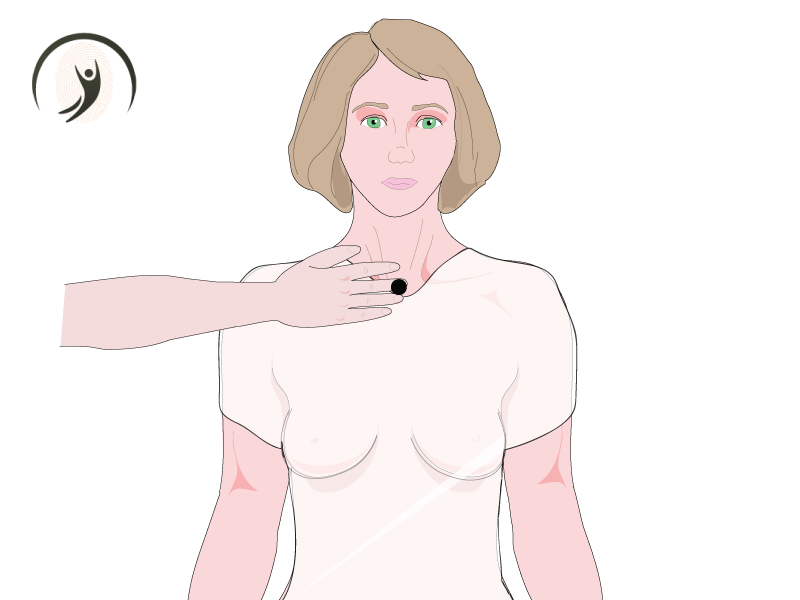
A one step procedure for Anaphylaxis: Severe allergy reaction; anaphylactic shock, anaphylaxis, allergy attack, allergic reaction, allergy, allergen, allergen.
A serious allergic reaction that is rapid in onset and may cause death. Anaphylaxis is diagnosed based on a person’s signs and symptoms. When any one of the following three occurs within minutes or hours of exposure to an allergen there is a high likelihood of anaphylaxis:
1. Involvement of the skin or mucosal tissue plus either respiratory difficulty or a low blood pressure causing symptoms.
2. Two or more of the following symptoms after a likely contact with an allergen: a. Involvement of the skin or mucosa; b. Respiratory difficulties; c. Low blood pressure; d. Gastrointestinal symptoms
3. Low blood pressure after exposure to a known allergen
Skin involvement may include hives, itchiness, or a swollen tongue among others.
Respiratory difficulties may include shortness of breath, stridor, or low oxygen levels among others (Low blood pressure is defined as a greater than 30% decrease from a person’s usual blood pressure. In adults a systolic blood pressure of less than 90 mmHg is often used.) This TKM procedure has been consistently effective for all causes of anaphylaxis. May be used for minor allergy reactions as well.

